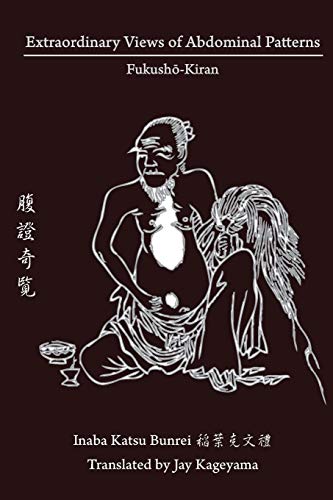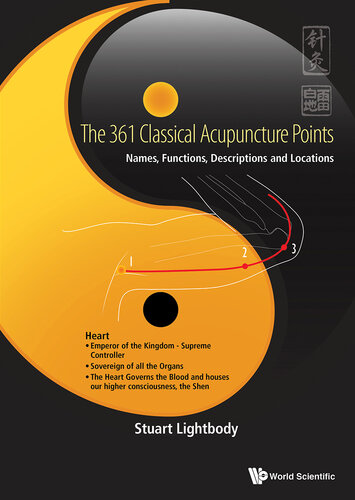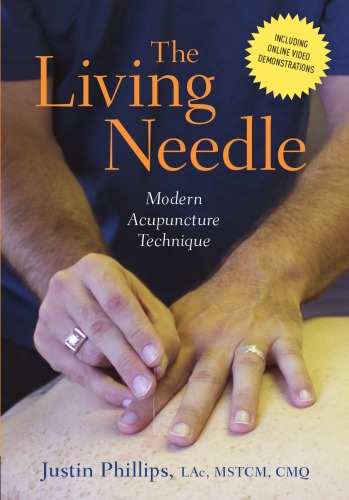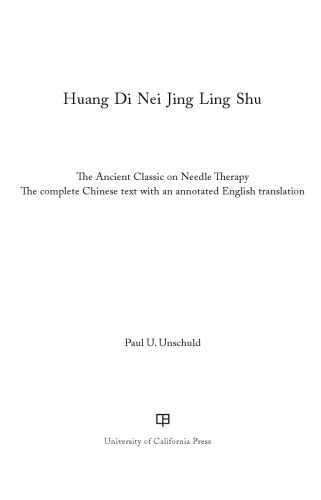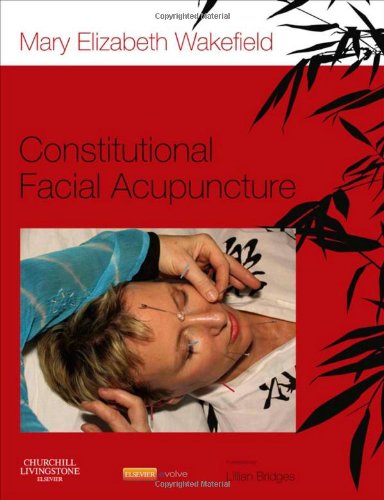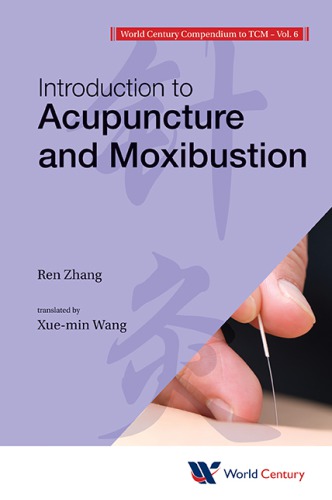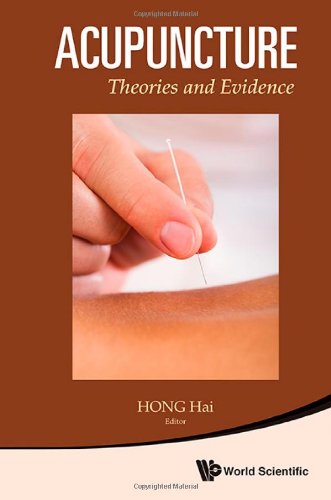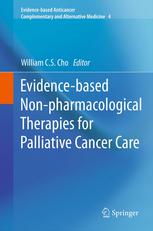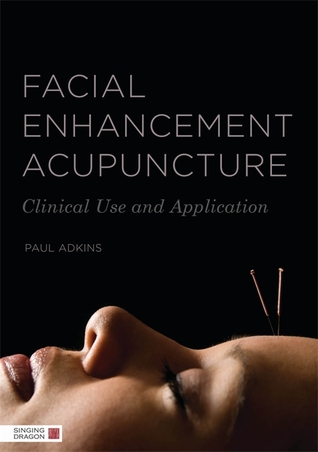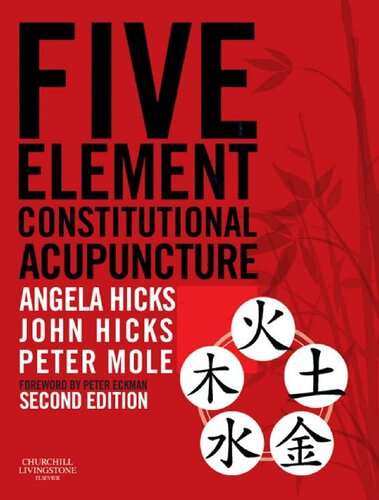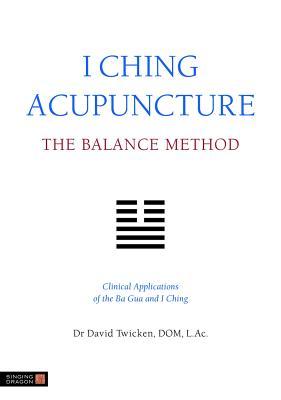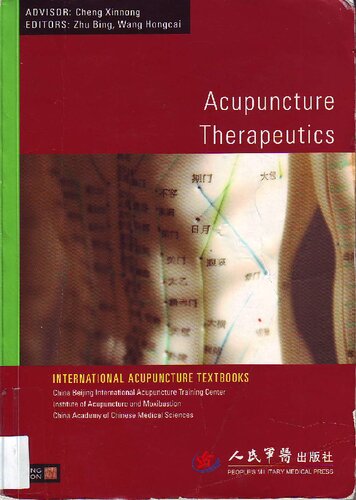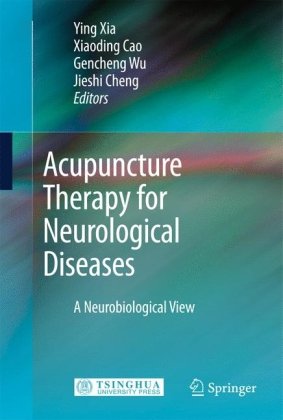نماهای فوق العاده از الگوهای شکم: فوکوشی-کیران ۲۰۱۸
Extraordinary Views of Abdominal Patterns: Fukushō-Kiran 腹證奇覽 2018
دانلود کتاب نماهای فوق العاده از الگوهای شکم: فوکوشی-کیران ۲۰۱۸ (Extraordinary Views of Abdominal Patterns: Fukushō-Kiran 腹證奇覽 2018) با لینک مستقیم و فرمت pdf (پی دی اف)
| نویسنده |
Inaba Bunrei |
|---|
| تعداد صفحهها |
326 |
|---|---|
| نوع فایل |
|
| حجم |
8 Mb |
| سال انتشار |
2018 |
89,000 تومان
معرفی کتاب نماهای فوق العاده از الگوهای شکم: فوکوشی-کیران ۲۰۱۸
Fukushō-Kiran اثر Inaba Bunrei (نماهای فوق العاده از الگوهای شکم) معتبرترین اثر در زمینه تشخیص شکم در ژاپن است. این کتاب نوشته های ژانگ ژانگ جینگ را در یک سیستم فکری عملی در مورد تشخیص شکم و فرمول Shang Han Lun یا Jin Gui Yao Lue خلاصه می کند که هر نوع شکم را درمان می کند.
در طول دوره ادو، کامپو، سیستم اصلی پزشکی ژاپنی جدا از طب سنتی چینی شروع به توسعه کرد و در ژاپن تشخیص شکمی بیشتر از تشخیص پالس در بین پزشکان مورد استفاده قرار گرفت. یکی از دلایل رایج شدن لمس شکم این است که بر تکنیک های تشخیصی اغلب پیچیده طب چینی تکیه نمی کند، به طوری که تصور می شود هر الگوی شکمی با یک فرمول منطبق بر نظریه ای به نام مطابقت فرمول-الگو مطابقت دارد. این تطابقات سبک فرمول در هشتاد و دو تصویر همراه با درک اینابا از سبک، فرمول، مواد تشکیل دهنده و دوز به تصویر کشیده شده است. اینابا، مانند همه معلمان خوب، داستان ها و حکایاتی را از تجربه زندگی خود در درمان بیماران در بدنه کار می بافد. فوکوشو-کیران توسط Jay Kageyama ترجمه شده است، و پایگاه داده طب چینی هیجان زده است که این متن ژاپنی را به مجموعه رو به رشد ترجمه های منتشر شده ما اضافه کند.
Inaba Bunrei's Fukushō-Kiran (Extraordinary Views of Abdominal Patterns) is considered to be the most authoritative work on abdominal diagnosis in Japan. This book distills the writings of Zhang Zhongjing into practical system of thought on abdominal diagnosis and the Shang Han Lun or Jin Gui Yao Lue formula which treats each abdominal pattern.
During the Edo period, Kampō, the native Japanese system of medicine began to evolve separately from traditional Chinese medicine, and abdominal diagnosis within Japan became more widely utilized among physicians compared to pulse diagnosis. One reason that abdominal palpation became popular was because it did not rely on the often complicated diagnostic techniques of Chinese medicine, as each abdominal pattern is thought to correspond to a single formula under a theory known as formula-pattern correspondence. These formula-pattern correspondences are captured in eighty-two illustrations, along with Inaba's understandings on the pattern, formula, ingredients, and dosage. Inaba, like all good teachers, weaves stories and anecdotes from his lifetime experience of treating patients into the body of the work. The Fukushō-Kiran has been expertly translated by Jay Kageyama, and the Chinese Medicine Database is excited to add this Japanese text to our growing body of published translations.

